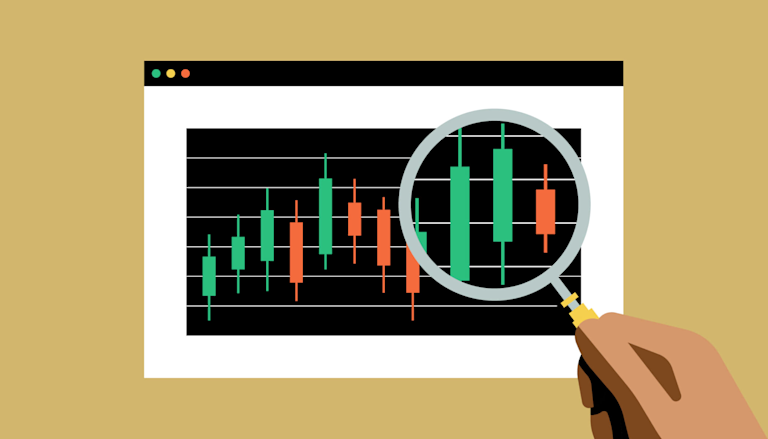
Trading Simulator Crypto: The Future of Trading Education
In an ever-evolving digital landscape, cryptocurrencies have emerged as a revolutionary asset class, and alongside them, trading simulators have gained momentum. These simulators provide a crucial platform for both novice and experienced traders to hone their skills without the financial risks associated with live trading. For an in-depth discussion about trading topics, you can Trading Simulator Crypto click here.
The concept of trading simulators is not new; however, their application in the cryptocurrency market is what sets them apart. By offering a risk-free environment to practice trading strategies, simulators allow traders to familiarize themselves with the volatile nature of crypto assets. This article will delve into the features and advantages of using trading simulators for cryptocurrency trading.
What is a Trading Simulator?
A trading simulator is a software platform that mimics real-world trading conditions without the financial risk. Users can buy and sell cryptocurrencies with virtual money, allowing them to test strategies, understand market mechanics, and develop their trading skills. Many simulators come equipped with analytical tools, customizable trading settings, and real-time data to enhance the learning experience.

Benefits of Using a Trading Simulator for Cryptocurrency
Trading simulators provide a range of benefits, particularly for those entering the cryptocurrency market. Here are some of the key advantages:
- Risk-Free Learning: The foremost benefit is the ability to trade without financial risk. Traders can make mistakes without the fear of losing real money, which is essential for gaining confidence.
- Understanding Market Dynamics: Crypto markets are known for their volatility. Simulators allow traders to experience these fluctuations without actual risk, facilitating a deeper understanding of market behavior.
- Testing Strategies: Traders can experiment with different strategies and techniques to see what works best for them. This trial-and-error process is vital for developing a winning approach.
- Improving Decision-Making: Simulated trading helps improve analytical skills and decision-making capabilities. Traders learn to react quickly to market changes and develop a disciplined approach.
- Real-Time Data Usage: Most trading simulators provide real-time or historical market data, enabling traders to make informed decisions based on current market conditions.
- Customizable Environments: Many simulators allow users to customize their trading environment, including settings for risk tolerance, leverage, and trading styles, to better match their personal trading goals.
How to Get Started with a Trading Simulator
Starting with a trading simulator is straightforward. Here are the steps you can follow:
- Choose a Simulator: Research and select a trading simulator that offers cryptocurrency trading. Look for features like user-friendliness, supported cryptocurrencies, and educational resources.
- Create an Account: Sign up for a demo account. Most platforms require minimal personal information, and many offer free trials.
- Familiarize Yourself: Take time to explore the platform’s interface and features. Understanding the tools available will enhance your trading experience.
- Start Trading: Begin trading with virtual currency. Test different strategies and observe how they hold up under various market conditions.
- Analyze Your Performance: After trading for a while, review your trades. Assess what worked, what didn’t, and where you can improve.
Popular Trading Simulators for Crypto
There are numerous trading simulators available for cryptocurrency traders. Some of the most popular include:
- Crypto Parrot: A free-to-use simulator that provides a realistic trading experience with various cryptocurrencies.
- CoinMarketGame: Offers an engaging way to trade cryptocurrencies with fake money, aiming to accumulate profits over time.
- Binance Futures Testnet: A feature of Binance, allowing users to practice futures trading with no risk.
- TradingView: While primarily a charting platform, it provides simulated trading features that are beneficial for practicing trading strategies.
Best Practices While Using a Trading Simulator
To maximize the benefits of a trading simulator, it’s essential to adhere to best practices:
- Treat It Like Real Trading: Approach simulated trading as if you are trading with real money. This mindset will help you develop a disciplined trading approach.
- Document Your Trades: Keep a journal detailing your trades, strategies applied, and outcomes. This will provide insights for improvement.
- Don’t Get Complacent: Just because there are no financial consequences doesn’t mean mistakes won’t teach hard lessons. Always strive to improve.
- Maintain a Regular Schedule: Treat practice as serious as you would a real job. Consistency is key in developing trading skills.
Conclusion
The cryptocurrency market presents numerous opportunities, but it also carries significant risks. A trading simulator serves as an invaluable tool for anyone looking to navigate this complex landscape. By allowing traders to practice in a safe environment, simulators foster confidence, skill development, and strategic thinking. Whether you are a novice aspiring to learn or an experienced trader wanting to refine your skills, incorporating a trading simulator into your learning process can lead to better outcomes in actual trading endeavors.

